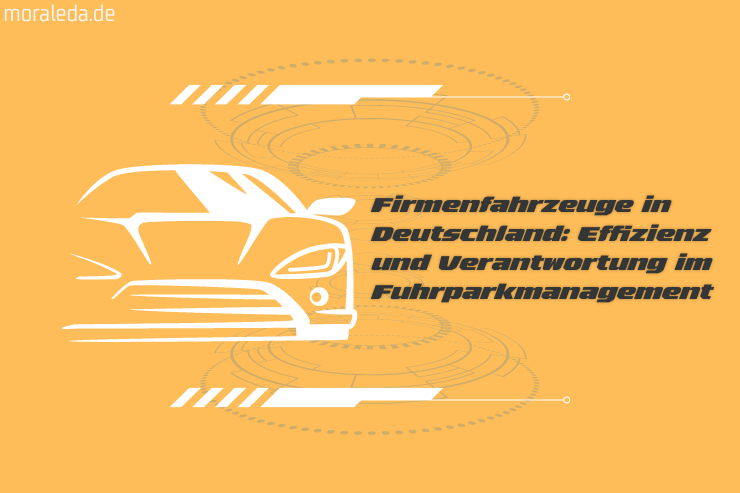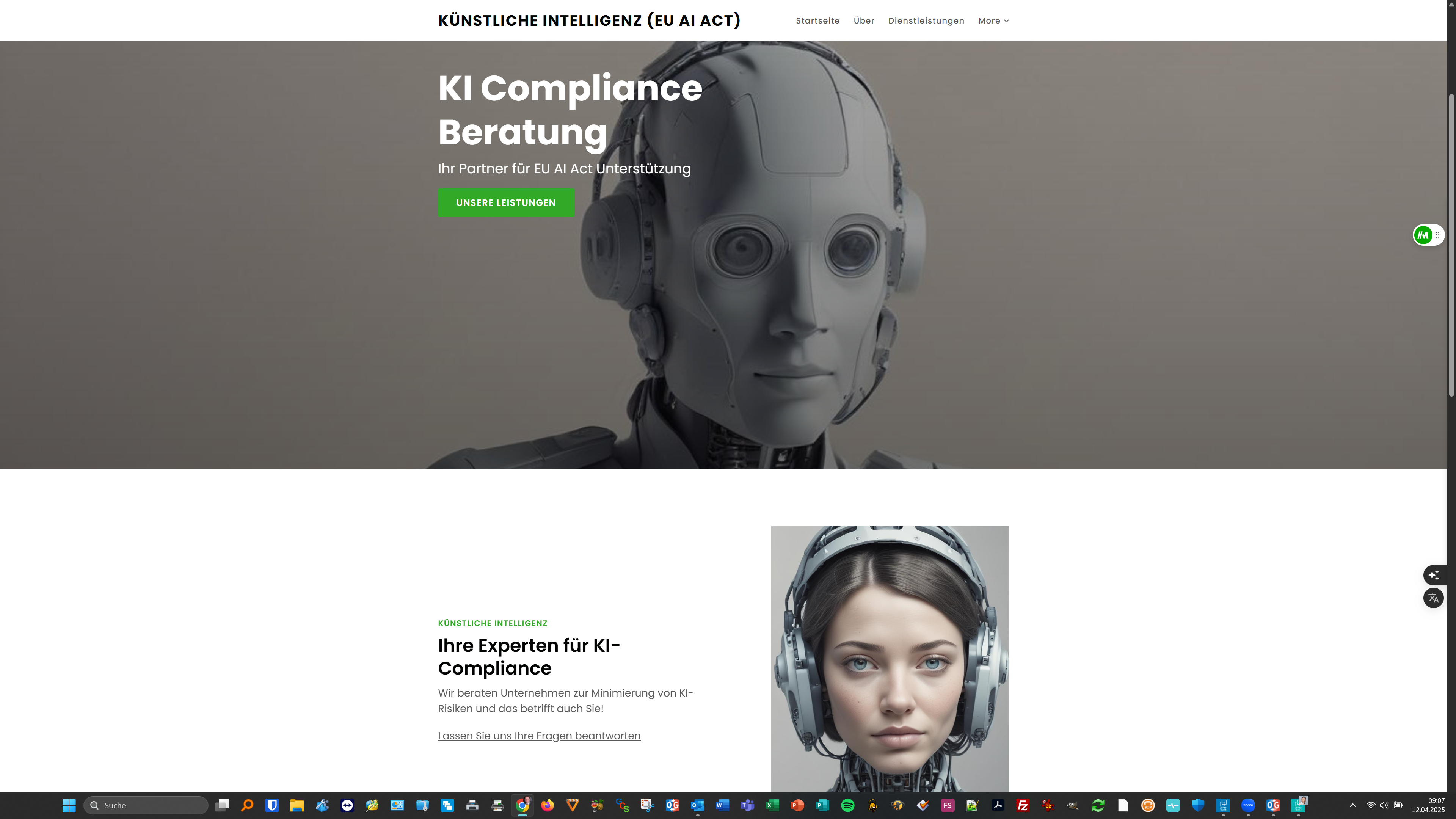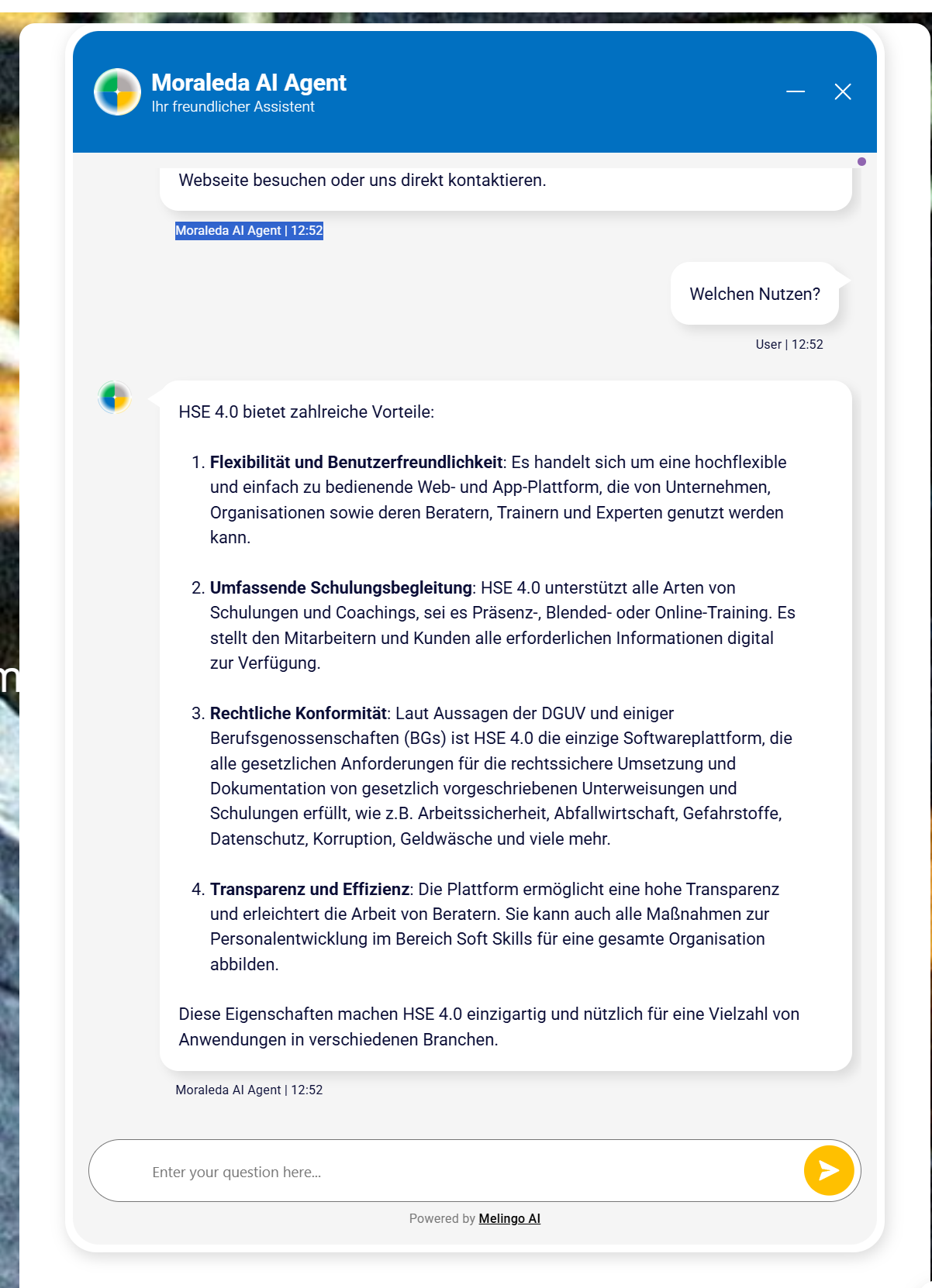Company vehicles play a central role in the everyday business of many companies in Germany. They enable mobility, flexibility and help increase efficiency. But the use of company vehicles also brings with it responsibility and specific requirements. This blog highlights the importance of company vehicles, their benefits and the need for structured instruction on their use, including templates for instructionCompany vehicles.
Importance of company vehicles
Company vehicles are an essential part of many business models. From field service to delivery services to transportation and logistics companies, employee mobility and the ability to efficiently transport goods and services are crucial. Company vehicles offer numerous advantages:
- Mobility and flexibility: Employees can respond quickly and flexibly to customer inquiries and are not dependent on public transport.
- Professional appearance: A well-maintained company car contributes to the positive image of the company.
- Efficiency: Time savings and increased productivity through reduced transportation and travel costs.
- Employee retention: Attractive company vehicles can contribute to employee satisfaction and loyalty.
Responsibility and regulations
The use of company vehicles requires careful planning and compliance with legal regulations. Companies are responsible for the safety of their employees and must ensure that vehicles are roadworthy. Important aspects are:
- Regular maintenance and inspection: Company vehicles must be regularly maintained and checked to ensure their safety and functionality.
- Insurance coverage: Adequate insurance cover for company vehicles is mandatory in order to be covered in the event of damage.
- Driving license check: Regularly check employees' driving licenses to ensure they are authorized to drive company vehicles.
Shopping online:https://moraleda.de/Shop/de/
Instruction for company vehicles
Instructing employees in how to use company vehicles is an essential part of fleet management. It ensures that drivers have the necessary knowledge and skills to use the vehicles safely and efficiently. Structured instruction includes the following points:
- Vehicle-specific knowledge: Information about the operation of the respective vehicle, including special features and safety features.
- Safety regulations: Obeying the rules of the road, using seat belts, and avoiding distractions such as using cell phones while driving.
- Accident prevention: Measures to avoid accidents, including defensive driving techniques and anticipatory driving.
- Behavior in the event of damage: What to do in the event of an accident or mishap, including contacting the company and the insurance company.
Template for the instruction of company vehicles
In order to make the instruction efficient and comprehensible, companies can use standardized templates. SuchInstruction company vehicles templateshould contain the following elements:
- introduction: Explanation of the meaning and objectives of the instruction.
- Vehicle pickup: Protocol to document the condition of the vehicle when it is taken over by the employee.
- Vehicle operation: Detailed instructions on how to use the various vehicle functions.
- Security guidelines: Overview of the safety regulations and measures to be observed.
- behaviour rules: Rules of conduct while driving, including the use of seat belts and avoiding distractions.
- Emergency measures: Instructions on what to do in the event of an accident or breakdown.
- Return of the vehicle: Checklist for returning the vehicle to the company, including condition report.
Advantages of structured instruction
Well-structured instruction offers numerous advantages:
- Sicherheit: Reducing the risk of accidents and protecting employees through clear rules of conduct and safety instructions.
- Legal compliance: Ensuring compliance with legal regulations and avoiding liability risks.
- Efficiency: Increasing efficiency through optimal use of vehicles and avoiding incorrect operation.
- transparency: Creation of transparency and traceability through documented instruction processes.
Conclusion
Company vehicles are an indispensable part of the everyday business of many companies in Germany. They offer mobility, flexibility and help increase efficiency. At the same time, the use of company vehicles requires a high level of responsibility and compliance with legal regulations. Structured instruction for employees in how to use company vehicles is essential. Using standardized instruction templates, companies can ensure that their employees acquire the knowledge and skills necessary to use vehicles safely and efficiently. Both the company and its employees benefit from the smooth and safe use of company vehicles.









